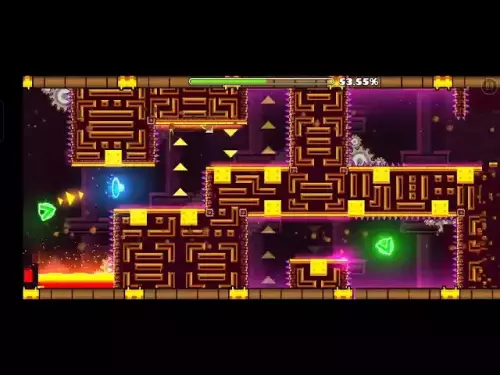-
 bitcoin
bitcoin $109547.008142 USD
0.04% -
 ethereum
ethereum $4011.838726 USD
-0.05% -
 tether
tether $1.000402 USD
-0.01% -
 xrp
xrp $2.798606 USD
0.88% -
 bnb
bnb $970.877944 USD
1.39% -
 solana
solana $202.237275 USD
-0.95% -
 usd-coin
usd-coin $0.999673 USD
0.00% -
 dogecoin
dogecoin $0.229294 USD
-1.15% -
 tron
tron $0.336370 USD
-0.45% -
 cardano
cardano $0.777260 USD
-1.66% -
 hyperliquid
hyperliquid $45.503019 USD
1.73% -
 ethena-usde
ethena-usde $1.000362 USD
0.01% -
 chainlink
chainlink $20.785303 USD
-1.10% -
 avalanche
avalanche $28.755822 USD
-0.11% -
 stellar
stellar $0.358303 USD
-0.48%
How to calculate mining profitability and electricity costs?
Mining profitability depends on hash rate, electricity cost, network difficulty, and coin price—small changes in these can make or break your profits.
Aug 12, 2025 at 05:42 pm
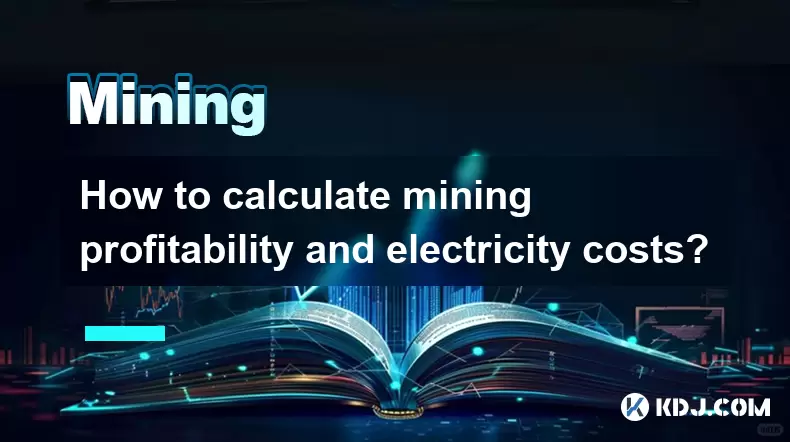
Understanding Mining Profitability Basics
Mining profitability refers to the net income generated from cryptocurrency mining after accounting for all operational expenses. The core components include the hash rate of your mining equipment, the current network difficulty, the block reward, and the market price of the mined cryptocurrency. These variables determine how much coin you can mine over a given period. For instance, if you're mining Bitcoin, the hash rate is measured in terahashes per second (TH/s), and higher hash rates increase the probability of solving blocks and earning rewards. The network difficulty adjusts periodically to maintain consistent block times, meaning as more miners join the network, the difficulty increases, reducing individual earnings unless hash power is scaled up.
Key Metrics in Profitability Calculations
To calculate mining profitability accurately, several key metrics must be considered:
- Hash rate: The speed at which your mining rig solves cryptographic puzzles.
- Power consumption: Measured in watts, this indicates how much electricity your miner uses.
- Electricity cost per kilowatt-hour (kWh): This varies by region and directly impacts net profit.
- Pool fees: Most miners join pools, which charge a percentage (typically 1%–3%) of earnings.
- Cryptocurrency price: Fluctuations in market value affect revenue.
For example, if your ASIC miner has a hash rate of 100 TH/s and consumes 3250 watts, and electricity costs $0.10 per kWh, these values are essential inputs for any profitability model. Websites like WhatToMine or CryptoCompare Mining Calculator automate these inputs, but understanding the underlying math ensures better decision-making.
Step-by-Step Calculation of Daily Mining Revenue
To manually estimate daily earnings, follow these steps: - Determine your miner’s hash rate and locate the current network hashrate for the cryptocurrency.
- Use the formula:
(Your Hash Rate / Total Network Hash Rate) × Daily Block Rewards × Coin Price = Gross Revenue - Adjust for pool fees by multiplying gross revenue by (1 - fee rate).
- Calculate daily electricity consumption in kilowatt-hours:
(Power Consumption in Watts / 1000) × 24 hours = kWh per day - Multiply daily kWh by your electricity rate to get daily power cost.
- Subtract daily power cost from gross revenue to get net daily profit.
For example, if your gross revenue is $15 per day, pool fees are 2%, and power cost is $3.12, then net profit is:
$15 × 0.98 = $14.70, then$14.70 - $3.12 = $11.58net daily profit.Using Online Mining Calculators Effectively
Online calculators streamline the process but require accurate input. When using tools like WhatToMine, input the following: - Select your cryptocurrency (e.g., Bitcoin, Ethereum Classic).
- Enter your miner model or manually input hash rate and power draw.
- Specify your electricity cost per kWh—this is critical for realistic estimates.
- Include pool fees and hardware cost if calculating return on investment (ROI).
- Some calculators allow you to set a time horizon to project earnings over weeks or months.
These tools often display results in multiple currencies and show estimated daily, weekly, and monthly profits. They also highlight whether mining is profitable under current conditions. If the calculator shows negative profit, it indicates that electricity costs exceed earnings, making mining unsustainable without cheaper power or hardware upgrades.
Accounting for Hardware and Maintenance Costs
Beyond electricity, mining rigs incur additional expenses: - Initial hardware cost: High-performance ASICs can cost thousands of dollars.
- Cooling and ventilation: Mining generates heat, requiring fans or air conditioning.
- Internet stability: A reliable connection is essential to avoid downtime.
- Replacement parts: Fans, power supplies, and control boards may fail over time.
- Depreciation: Mining hardware loses value as newer, more efficient models are released.
To factor hardware into profitability, divide the purchase price by the expected lifespan (in days). For example, a $3,000 miner expected to last 500 days adds $6 to daily costs. Add this to electricity and maintenance to determine true net profit. Ignoring hardware depreciation can lead to overestimating long-term gains.
Regional Electricity Rate Variations and Their Impact
Electricity cost is the most variable and impactful factor in mining profitability. In regions like Washington State (USA) or Iceland, rates can be as low as $0.05/kWh**, making mining highly viable. In contrast, areas like **Germany or California** may exceed **$0.30/kWh, turning profitable setups into loss-making operations. Always verify your exact rate through utility bills or provider websites. Some miners relocate equipment to colder climates with cheap hydroelectric power to maximize margins. Even a $0.05 difference per kWh can change net profit by hundreds of dollars monthly for large-scale operations.Monitoring and Adjusting for Market Volatility
Cryptocurrency prices and network difficulty change daily, affecting profitability. A sudden 50% drop in Bitcoin price can erase profits even if hash rate and power costs remain constant. Similarly, increased network difficulty reduces block rewards per hash. Successful miners use real-time monitoring tools to track: - Coin price fluctuations
- Network hashrate changes
- Pool performance and uptime
- Equipment efficiency degradation
Automated alerts or scripts can notify when profitability falls below a threshold, prompting shutdowns or switching to alternative coins. Some ASICs support dual-mode mining or algorithm switching to adapt to market shifts.
Frequently Asked Questions
Q: How do I find my exact electricity cost per kWh? Check your latest utility bill—it typically lists the rate per kilowatt-hour. If not visible, divide the total energy charge by the total kWh used during the billing period. Contact your provider for time-of-use rates if applicable.Q: Can solar power make mining profitable?Yes, if solar installation offsets grid consumption. Calculate the total solar system cost, expected lifespan, and average daily kWh production. Compare this to grid rates. In sunny regions, solar can reduce or eliminate electricity costs, significantly boosting net profit.
Q: What happens if network difficulty increases?Higher difficulty means more competition, reducing the share of blocks you solve. Your hash rate remains the same, but earnings decrease unless coin price rises to compensate. Monitor difficulty trends weekly to anticipate changes.
Q: Is it profitable to mine with a GPU at home?It depends on electricity cost and the cryptocurrency mined. For coins like Ravencoin or Ergo, mid-tier GPUs may generate small profits if power is under $0.12/kWh. Use a GPU-specific calculator and factor in hardware wear and noise before proceeding.
Disclaimer:info@kdj.com
The information provided is not trading advice. kdj.com does not assume any responsibility for any investments made based on the information provided in this article. Cryptocurrencies are highly volatile and it is highly recommended that you invest with caution after thorough research!
If you believe that the content used on this website infringes your copyright, please contact us immediately (info@kdj.com) and we will delete it promptly.
- Ethereum, Bitcoin Dominance, and the Altcoin Rally: A New York Minute on Crypto
- 2025-09-28 12:25:15
- RLUSD, XRP, and Open Interest: Decoding the Dynamics
- 2025-09-28 12:25:15
- Crypto Meme Coins: Unveiling the 2025 Potential
- 2025-09-28 12:25:16
- Crypto's Comeback: Solana, Polygon, and the Hunt for the Next Moonshot
- 2025-09-28 12:25:16
- Stablecoins, Financial Transactions, and the Future World: A New York State of Mind
- 2025-09-28 12:30:12
- XRP, Competitor, PDP Climb: Decoding the Crypto Landscape in 2025
- 2025-09-28 12:30:12
Related knowledge
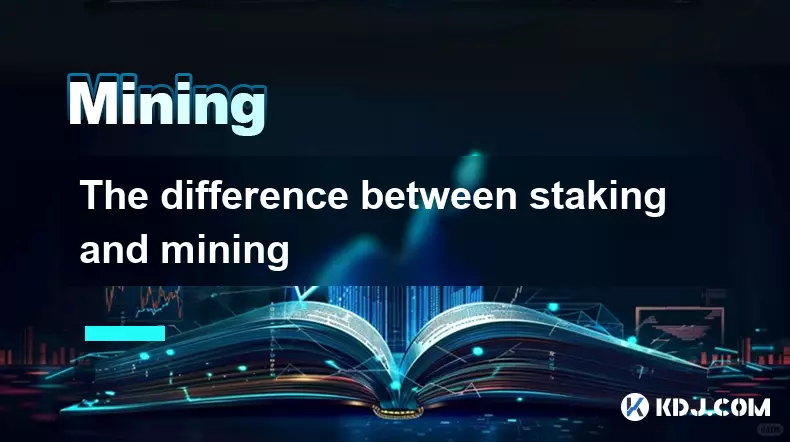
The difference between staking and mining
Sep 24,2025 at 05:18am
Understanding Staking in the Cryptocurrency Ecosystem1. Staking involves holding funds in a cryptocurrency wallet to support the operations of a block...
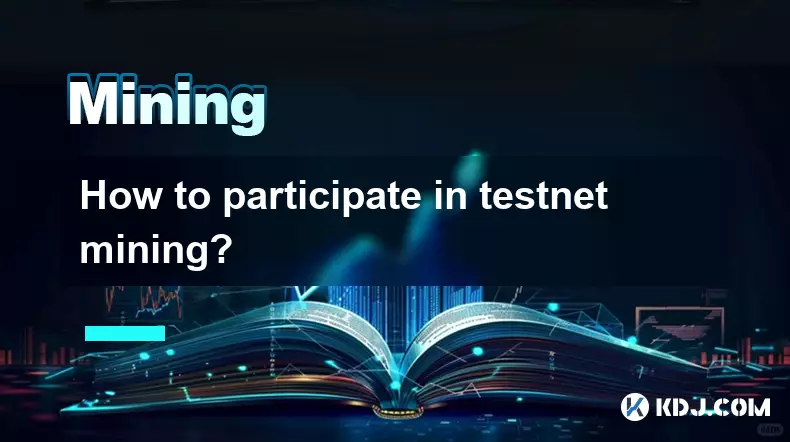
How to participate in testnet mining?
Sep 22,2025 at 09:18am
Understanding Testnet Mining in the Crypto Ecosystem1. Testnet mining is a method used by blockchain developers to simulate real-world conditions on a...

How to dispose of abandoned mining machines?
Sep 19,2025 at 08:19pm
Assessing the Condition of Abandoned Mining Rigs1. Begin by inspecting each mining machine for visible damage, corrosion, or missing components. Machi...

How to identify high-quality mining pools?
Sep 21,2025 at 03:19pm
Reputation and Track Record1. A mining pool’s reputation is built over time through consistent performance and transparency. Pools that have operated ...
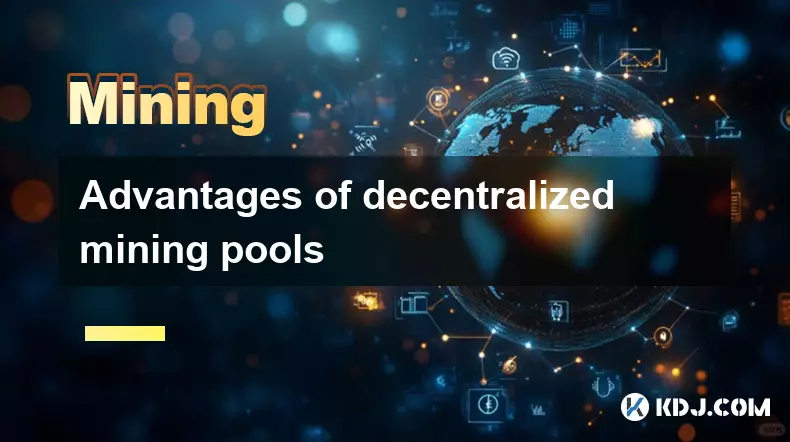
Advantages of decentralized mining pools
Sep 20,2025 at 04:36pm
Enhanced Security and Resistance to Censorship1. Decentralized mining pools operate on blockchain-based smart contracts, eliminating the need for a ce...
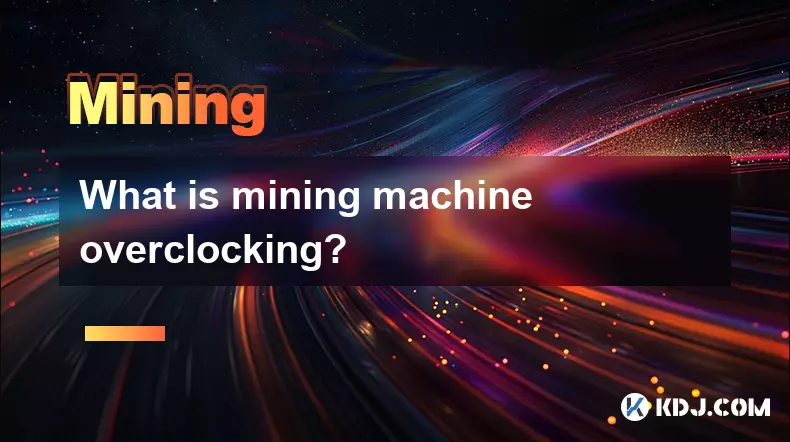
What is mining machine overclocking?
Sep 21,2025 at 07:19pm
Understanding Mining Machine Overclocking1. Mining machine overclocking refers to the process of increasing the operating frequency of a cryptocurrenc...

The difference between staking and mining
Sep 24,2025 at 05:18am
Understanding Staking in the Cryptocurrency Ecosystem1. Staking involves holding funds in a cryptocurrency wallet to support the operations of a block...

How to participate in testnet mining?
Sep 22,2025 at 09:18am
Understanding Testnet Mining in the Crypto Ecosystem1. Testnet mining is a method used by blockchain developers to simulate real-world conditions on a...

How to dispose of abandoned mining machines?
Sep 19,2025 at 08:19pm
Assessing the Condition of Abandoned Mining Rigs1. Begin by inspecting each mining machine for visible damage, corrosion, or missing components. Machi...

How to identify high-quality mining pools?
Sep 21,2025 at 03:19pm
Reputation and Track Record1. A mining pool’s reputation is built over time through consistent performance and transparency. Pools that have operated ...

Advantages of decentralized mining pools
Sep 20,2025 at 04:36pm
Enhanced Security and Resistance to Censorship1. Decentralized mining pools operate on blockchain-based smart contracts, eliminating the need for a ce...

What is mining machine overclocking?
Sep 21,2025 at 07:19pm
Understanding Mining Machine Overclocking1. Mining machine overclocking refers to the process of increasing the operating frequency of a cryptocurrenc...
See all articles























